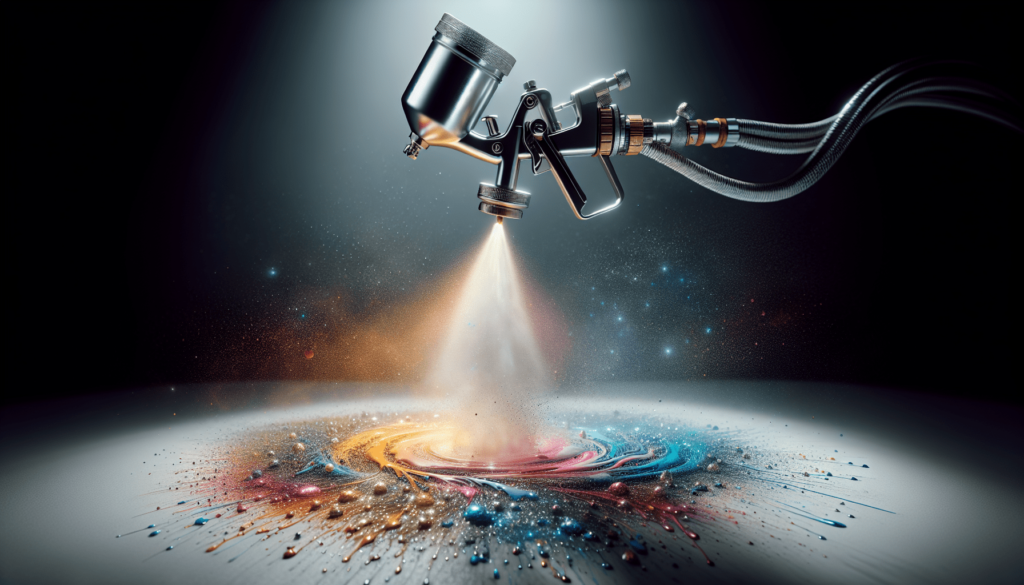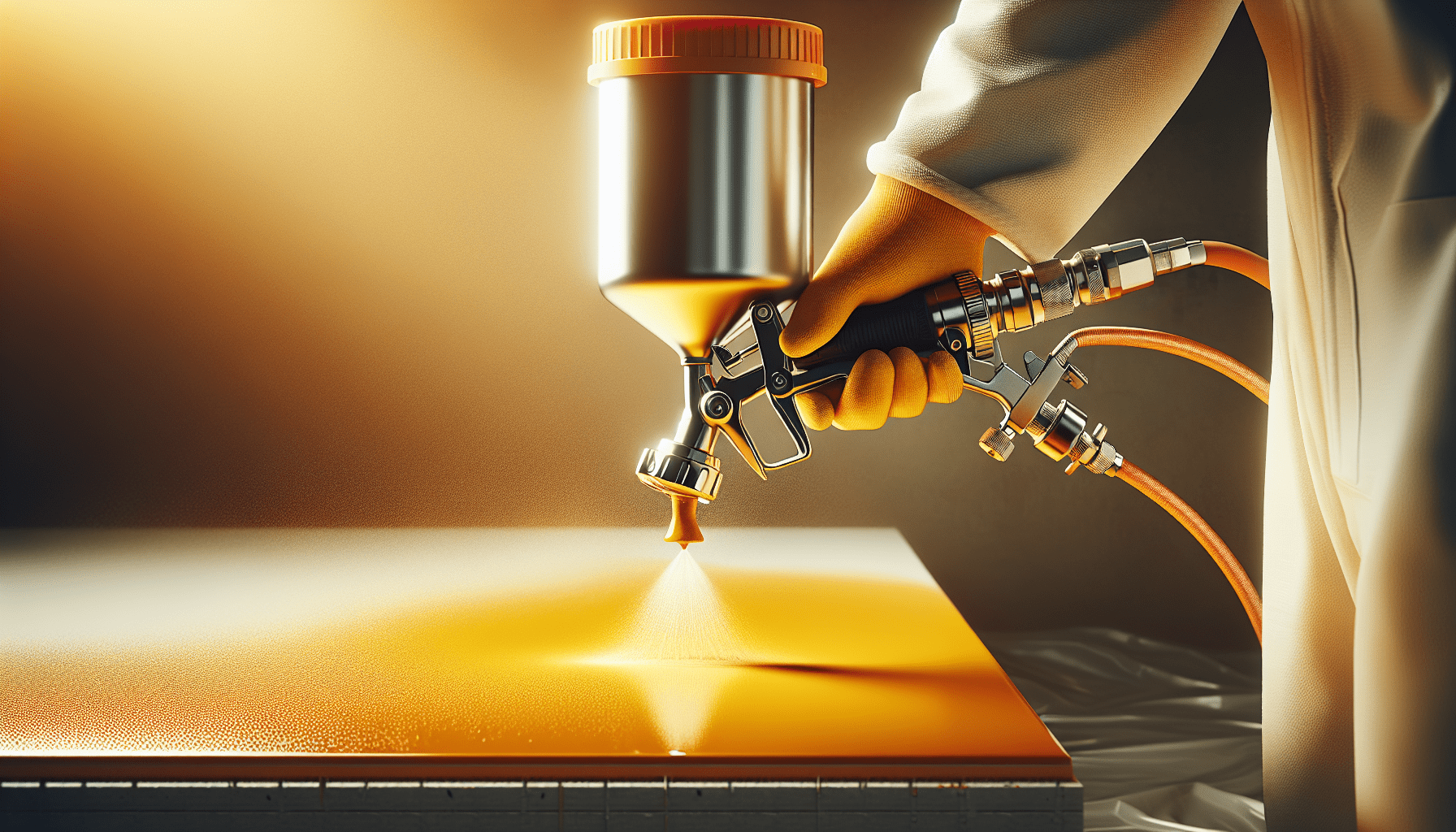In the realm of home improvements and professional painting assignments, the importance of specialized tools and techniques plays a key role. The use and application of oil-based paint through an airless sprayer is a topic that has sparked discussions amongst professionals and DIY enthusiasts alike. This article explores that very topic, providing you with detailed insights on whether or not airless sprayers can effectively be employed in the application of oil-based paint – underlining the benefits, potential challenges and expert advice.
Spraying Oil Based Paint with an Airless Sprayer
The art and practice of painting have long moved beyond the brush and roller. Today, advanced technologies have led to the development of various tools like airless sprayers, which have revolutionized the painting process. One query that you may often encounter is whether it is possible to spray oil-based paint with an airless sprayer. The simple answer is, yes, you can. This article delves into the subject, taking you through the intricacies of oil-based paints, airless sprayers, and how the two interact.

Understanding Oil Based Paints
Before diving into the world of airless sprayers, it is crucial to understand oil-based paints—what they are and why they’re preferred. You’re likely familiar with this kind of paint, known for its durability and the smooth, glossy finish it provides. Oil-based paint is characterized by a robust bonding capability, which enables it to adhere to surfaces strongly and for extended periods. It is also famed for its resistance to damage and wear, which makes it an excellent choice for high-traffic areas and surfaces exposed to harsh weather conditions.
Exploring Airless Sprayers
Now, let’s explore the tool you’ll be using for the painting task—the airless sprayer. An airless sprayer, as its name suggests, operates without air. Instead, it uses high pressure to atomize and push the paint out through the spray gun tip, effectively covering the surface with a uniform layer of paint. This feature makes it excellent for large-scale painting jobs since it significantly reduces the time and labor required.
Compatibility of Oil Based Paint with Airless Sprayers
A common concern when using different types of paint with an airless sprayer is compatibility. It is a valid concern given that not all paints are formulated the same. However, you’ll be pleased to know that oil-based paint and airless sprayers are quite compatible. The high pressure used by the airless sprayer allows it to handle the viscid nature of oil-based paints smoothly, atomizing it into fine droplets that lead to a well-covered and glossier finish.
Advantages of Using an Airless Sprayer for Oil Based Paint
Using an airless sprayer to apply oil-based paint comes with several advantages. For starters, it allows you to cover large areas quickly and efficiently compared to traditional methods like brushes and rollers. Secondly, the high pressure produced by the sprayer ensures a uniform layer of the paint, eliminating the problems of overlapping lines and marks that are typical of brush and roller application. Lastly, the atomization of the paint results in a smoother, glossier finish, fully harnessing the aesthetic potential of oil-based paint.

Considerations for Spraying Oil Based Paint with an Airless Sprayer
While spraying oil-based paint with an airless sprayer is advantageous, there are several factors that you need to consider. First, oil-based paint takes longer to dry, and using an airless sprayer means you’ll be applying a relatively thicker layer, so extended drying times should be anticipated. Second, adequate ventilation is crucial due to the potent fumes that oil-based paints produce. Lastly, oil-based paints require specific thinners for cleanup, making the aftercare process a bit more involved compared to water-based paints.
Preparation and Safety Measures
It’s essential to prepare yourself and your workspace before you commence with the painting. Personal safety measures include wearing protective clothing, including gloves, coveralls, and safety glasses. Given the potent fumes of oil-based paint, you should work in a well-ventilated area or use a respirator if necessary. Preparation also includes taping off areas not intended for painting and laying drop cloths to protect the floor and furniture.
Steps to Spray Oil Based Paint with an Airless Sprayer
The process of spraying oil-based paint with an airless sprayer is relatively straightforward. First, prepare your paint by stirring it thoroughly. Load the paint into the sprayer, ensuring it is adequately secured to prevent spillages. Begin spraying using smooth, even strokes, overlapping slightly with each pass for a uniform finish. Allow the paint to dry as per the manufacturer’s instructions.
Maintenance and Cleanup of Airless Sprayer
Maintenance and cleanup are essential aspects of using an airless sprayer. It is crucial to clean the sprayer after each use to keep it in optimal working condition. For oil-based paints, a specific thinner or solvent recommended by the manufacturer should be used. All parts of the sprayer must be cleaned thoroughly, and the filter checked and cleaned as necessary.
Tips for Achieving Optimal Results
For the best results when using an airless sprayer with oil-based paint, start by choosing quality paint. Next, ensure that your sprayer is in good condition, settings properly adjusted, and the nozzle size suitable for oil-based paint. Keep a consistent speed and distance while spraying, overlapping your strokes by about 30% to ensure an even coat.
Conclusion
In conclusion, spraying oil-based paint with an airless sprayer is not only feasible but also offers numerous benefits. It provides a streamlined, efficient process that provides a uniform and glossy finish typical of oil-based paints. However, to achieve optimal results, understanding and following the necessary steps, paying attention to safety and cleanup measures, and the maintenance of your airless sprayer is crucial.



